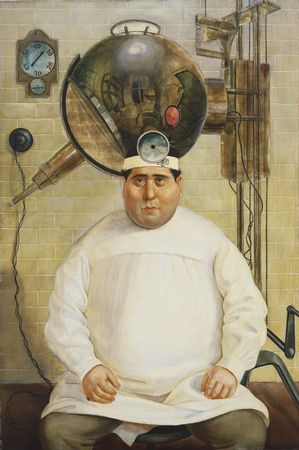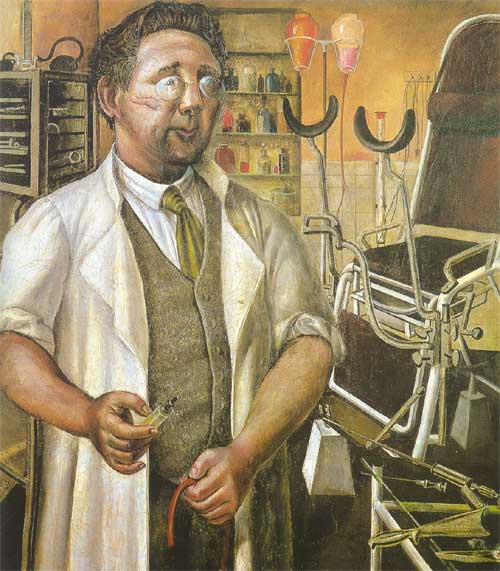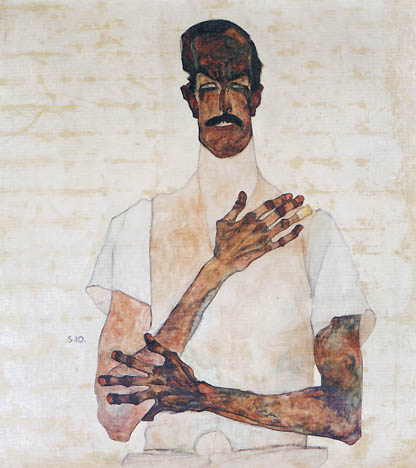Reductionistic Framework Alert!
Since “conservatism” has had such bizarre associations in the United States for a long time now, I thought I’d give brief accounts of the three breeds that I most often think of in connection with the classical sense of conservative (that is, the sense that still has something to do with the meaning of the word).
1. Classic Conservatives
These types are drawn from the political literature of the last few centuries.
a. Elitist Conservative
Firm believer in the natural superiority of a small elite. Worries about the danger of the unwashed masses having too much power, surely leading to chaos and mob rule. Thinks they already have too much power. Dismissive of egalitarian doublespeak such as “rights” and “liberty.” Seeks to vest power in the hands of the enlightened, the cultured, and (of course) the rich. Almost certainly belongs to one of these groups.
Religion: None, but thinks everyone else should go to church.
Worst Fear: Jacobins.
Mascot: Alexander Hamilton. Leo Strauss.
Representative Artist: D.H. Lawrence.
b. Sentimental Conservative
Loves their country. Loves their country more than other countries. Sheds a tear for the flag. Embraces the beautiful traditions that make his society what it is. Insists on civility, manners, and respect for one’s betters. Thinks they contribute to the benevolence and stability of the culture. Hates to see the traditional order of things upset by multiculturalism, class mobility, etc. Uses “fireman” instead of “firefighter.” Trusts in the benevolent hand of the upper classes to take care of the lower classes. May use the phrase “white man’s burden” unironically.
Religion: The state’s.
Worst Fear: Minorities and immigrants.
Mascot: Edmund Burke.
Representative Artist: Norman Rockwell.
c. Cynical Conservative
Ridicules those who think society can be improved. Believes in the fundamental rottenness of humanity. Jeers at futile attempts to improve our lot. Thinks we’re lucky we have what we do. Wildly inegalitarian. Thinks stereotypes are funny because they’re true. Sees liberals as priggish, humorless idealists chasing rainbows. Certain that things will get worse.
Religion: Are you kidding?
Worst Fear: Political correctness.
Mascot: Thomas Malthus.
Representative Artist: Henry de Montherlant.
2. Degenerate Conservatives
Each of the three accounts above can degenerate into a less appealing form under the right circumstances. (E.g., today.) Respectively:
a. Natural-Order Conservative
Enthusiastically embraces the status quo. Believes that things are the way God (or Nature) made them: it’s not only useless to try to change them, it’s wrong and distasteful. Thinks people naturally float to wherever in the great chain of being they belong. Admires the Great Men of history. Looks forward to the slow disappearance of society’s inferiors as Social Darwinism takes hold. Failing that, enjoys the labor provided by these inferiors, especially its surplus value.
Religion: Calvinism.
Worst Fear: Not being one of the elect.
Mascot: William Graham Sumner.
Representative Artist: Thomas Carlyle.
b. Paranoid Conservative
Turns to law and order to save them from any and all persecutors. Believes the thin blue line needs to be as thick as possible. Fears the great unwashed, lower-class resentment, and teenagers. Looks to religion, law, and any other socially repressive organization to prevent disaster. Jumps to endorse war with other countries, but worries we aren’t at war with the right countries. Never, ever joins the armed forces. Trusts government, usually.
Religion: Any of the Good ones.
Worst Fear: Too many to mention.
Mascot: Roger Ailes.
Representative Artist: Artists are degenerates, but if you must: H.P. Lovecraft.
c. Fatalist Conservative
The most boring of the conservatives, liable to talk your ear off with their endless theories of history and the inevitable future of this or that society. Probably has a dim view of humanity, but this is overshadowed by crankish ideas about what humanity must be at each stage of history. Dismisses activism as attempts to fight indisputable truths. Predicts a grim future because the past was so grim and history repeats.
Religion: Their own.
Worst Fear: Other competing theories of history.
Mascot: Oswald Spengler. Arnold J. Toynbee.
Representative Artist: Artists are mere products of history.
Update: Non-conservatives
People say I seem to have left out certain types. Hence this appendix.
Libertarian: I assure you that the Ancien Regime really didn’t give a fig for “individual rights,” much less natural ones. Things don’t seem to have changed that much, leaving real libertarians as eccentrics whose unifying trait is that they never hold any actual power. Some of them are exploited as useful idiots, such as the good people of the Cato Institute, who were thrown to the wind by the Republicans once the Cato folks ceased to agree with them). Didn’t see that coming. See The Libertarian FAQ for further details.
Neocon: Haphazardly invading and occupying small but troublesome countries in order to spread freedom or what have you is not very conservative, and quite expensive to boot. Excusable during the cold war, but not anymore.
Objectivist/Capitalist Utopian: Elitist, yes, but the funny thing about most Objectivists is that they think the world is a meritocracy and the people at the top deserve to be there, so if they work hard enough they’ll get there too, if only the government and bureaucracy didn’t stand in their way. Suckers.
![war30[1]](http://www.waggish.org/wp-content/uploads/2011/03/war301.jpg)
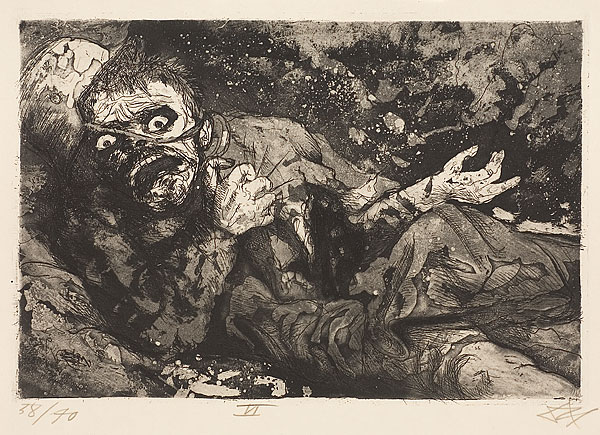
![Nocturnal_Encournter_with_a_Lunatic[1]](http://www.waggish.org/wp-content/uploads/2011/03/Nocturnal_Encournter_with_a_Lunatic1.jpg)
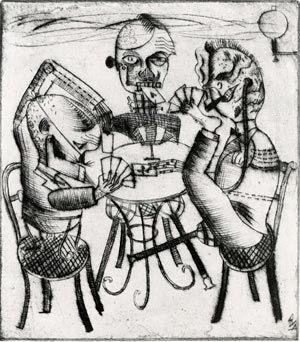

![Dix01[1]](http://www.waggish.org/wp-content/uploads/2011/03/Dix011.jpg)
![128611[1]](http://www.waggish.org/wp-content/uploads/2011/03/1286111.jpg)
![128600[1]](http://www.waggish.org/wp-content/uploads/2011/03/1286001.jpg)
![1925veil[1]](http://www.waggish.org/wp-content/uploads/2011/03/1925veil1.jpg)

